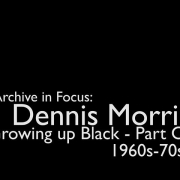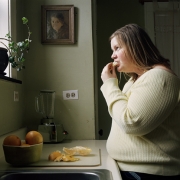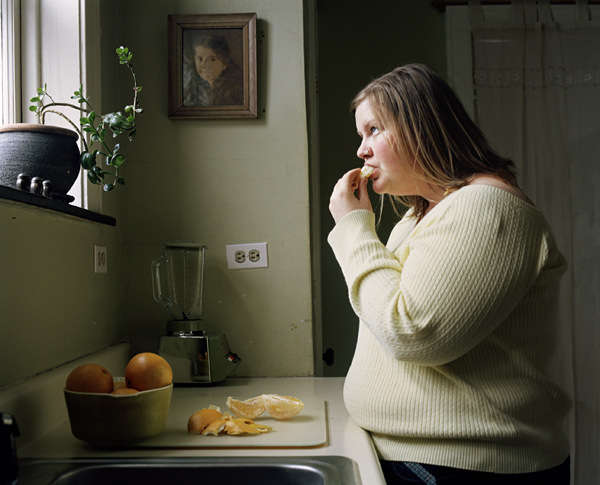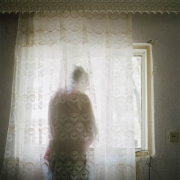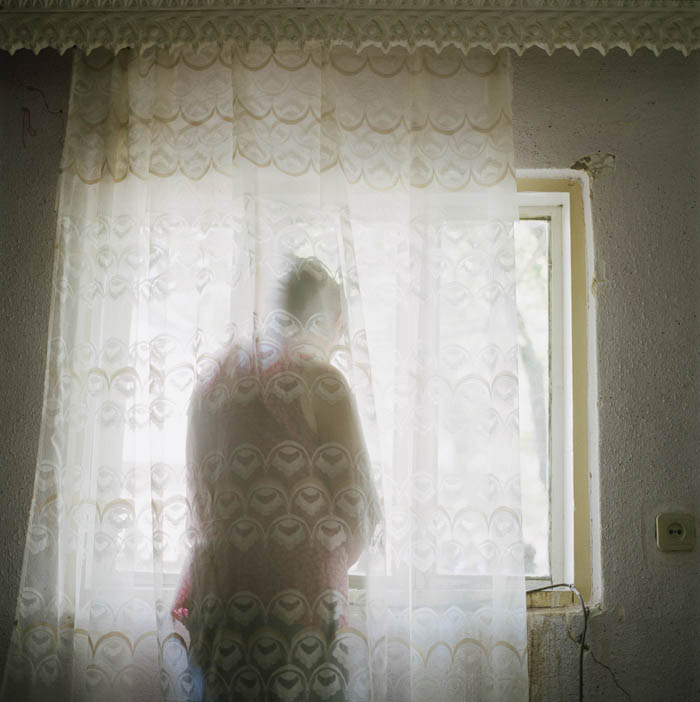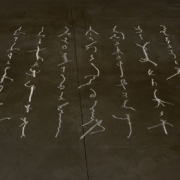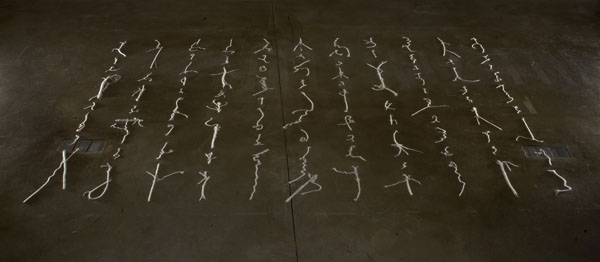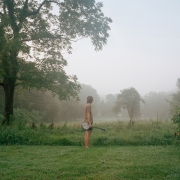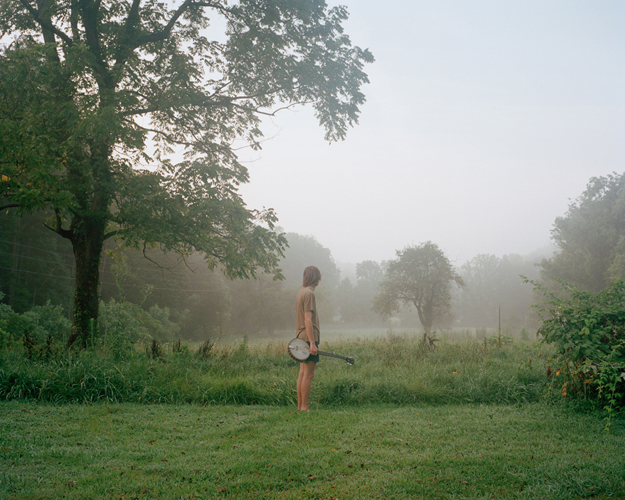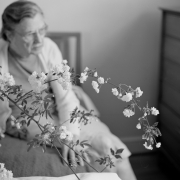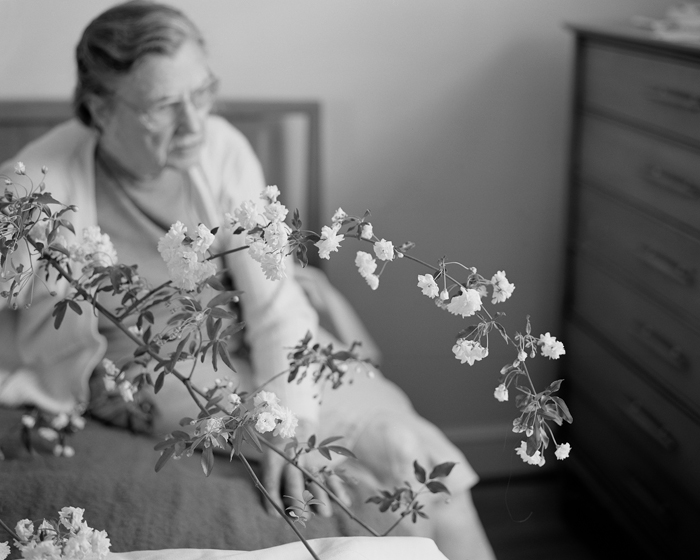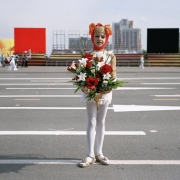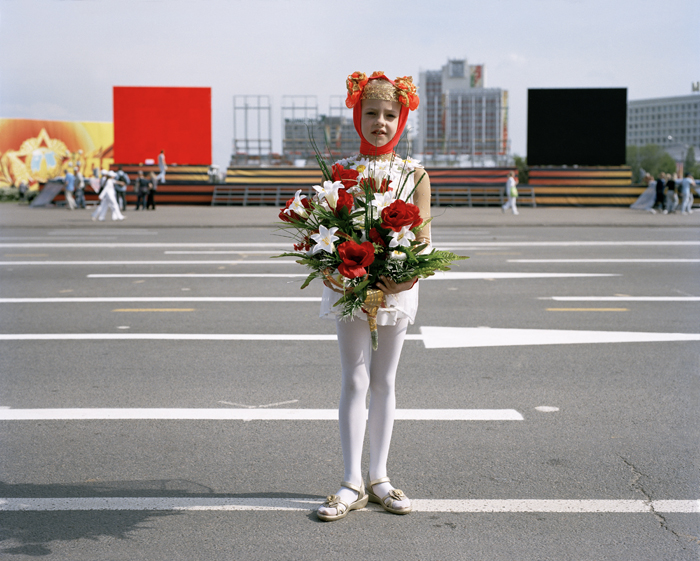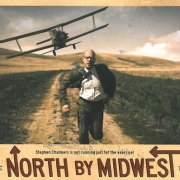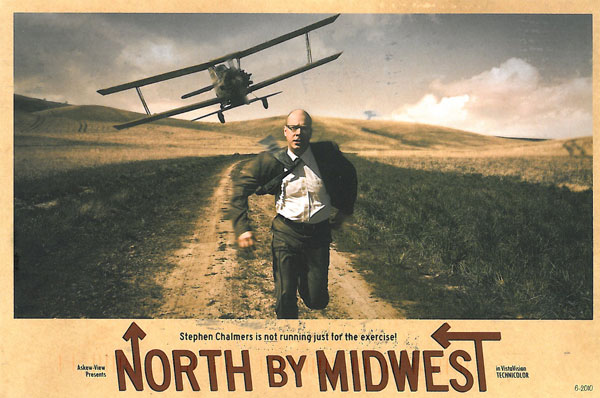Dennis Morris: Growing Up Black
In this selection from his archive, Dennis Morris gives us a beautifully well-judged and eloquent portrait of the black diaspora, frozen at a particular moment in time. It is pregnant with anticipations of what is still to come, infused with future possibilities. We are invited to read these images backwards and forwards. Growing up black in the 1970s, they suggest, was not so much a state of being as a state of becoming.
— Stuart Hall
Growing Up Black charts not just the history of Black Britain but Britain itself. Published by our friends at Autograph ABP, the renowned photographer Dennis Morris captures intimate moments within the black community, his images recording the frequently contested history of the first generation to call themselves black.
Dennis Morris started his career as a photographer at an early age. He was 11 years old when one of his photographs was printed on the front page of the Daily Mirror. As a young boy in the church choir, he was given a camera which was to spark his lifelong passion for photography. Growing Up Black is a beautifully designed, thought provoking monograph which documents domestic life in 1960s and 70s Hackney, East London, where Morris moved with his family aged 4.
To accompany the black and white photographs and Morris’ own text are four compelling essays by key commentators on black culture – essayist and broadcaster, Professor Stuart Hall; writer and lecturer Kobena Mercer; author, broadcaster and award winning columnist, Gary Younge; and Director of Autograph ABP, Mark Sealy.
Limited to an edition of 500 with a signed silver gelatin print by Dennis Morris, Growing Up Black blurs the boundaries between social commentary and art object and reveals the foundations of Dennis Morris’ photographic journey.
Find more information about the publication here.

